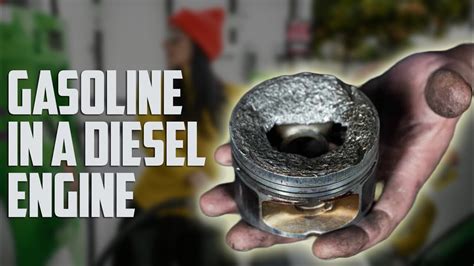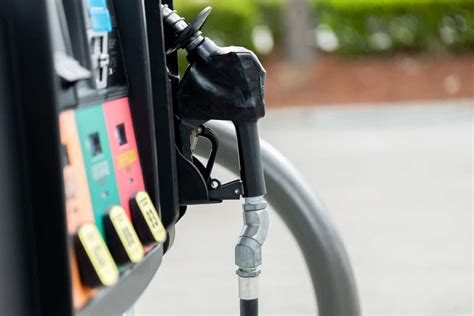The Wrong Fuel Fiasco: Diesel in Your Gas Tank
It’s a moment of panic for any driver: you’re at the pump, distracted for a split second, and suddenly you realize you’ve put diesel fuel into your gasoline-powered car. This isn’t just an inconvenience; it can lead to serious and expensive damage if not handled correctly. While both are fuels, diesel and gasoline have fundamentally different compositions and are designed for entirely different engine types. Understanding the immediate steps to take is crucial for minimizing the potential harm to your vehicle.
The good news is that if you catch the mistake before you’ve started the engine, the damage is likely far less severe. The crucial first step is to recognize the gravity of the situation and act swiftly. Do not turn the key, do not start the engine, and do not even put it into accessory mode if possible.
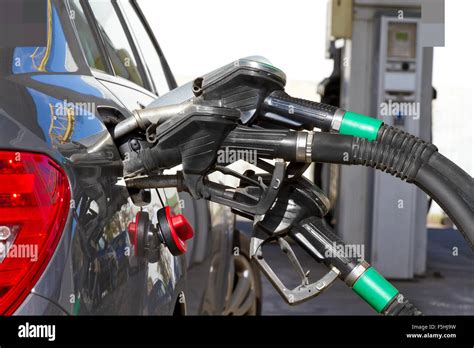
Why Diesel is Detrimental to a Gasoline Engine
Gasoline engines operate by igniting a mixture of air and finely atomized gasoline with a spark plug. Diesel engines, on the other hand, rely on compression ignition; they compress air to a very high temperature, which then ignites the diesel fuel as it’s injected. Diesel fuel is heavier, thicker, and has a higher viscosity than gasoline. It also acts as a lubricant in diesel fuel systems.
When diesel enters a gasoline engine’s fuel system, several problems arise:
- Fuel Pump Damage: Gasoline fuel pumps are designed for the lower viscosity of gasoline. Diesel can put excessive strain on the pump, potentially causing it to fail or be damaged.
- Fuel Injector Clogging: Diesel doesn’t atomize as efficiently as gasoline in a system designed for gasoline. This can lead to clogged injectors and poor fuel delivery.
- Engine Knocking and Damage: If the engine starts, the diesel will ignite at the wrong time (pre-ignition or knocking) due to its different combustion properties, leading to severe internal engine damage.
- Catalytic Converter Damage: Unburnt or improperly burnt diesel can damage the catalytic converter, a very expensive component.
The Immediate Fix: Do NOT Start the Car!
This is the most critical piece of advice. If you realize your mistake *before* starting the engine or even turning the key to the ‘on’ position:
- Do Not Turn the Key: Leave the ignition off. Do not try to start the car, not even for a second. Even turning the key to ‘accessory’ mode might activate the fuel pump, circulating the wrong fuel.
- Secure the Vehicle: Put the car in neutral (if automatic) or gear (if manual) and engage the parking brake.
- Inform the Gas Station: Notify the gas station attendant. They might have a procedure or be able to offer assistance, though their primary responsibility usually ends at the pump.
- Call for Professional Help: Your immediate next step should be to call a roadside assistance service or a trusted mechanic. Explain clearly that you’ve put diesel in a gasoline car and have NOT started the engine.
The vehicle will need to be towed to a service center where the fuel tank can be completely drained and the fuel lines flushed. This is a much simpler and less expensive process than repairing an engine that has attempted to run on diesel.
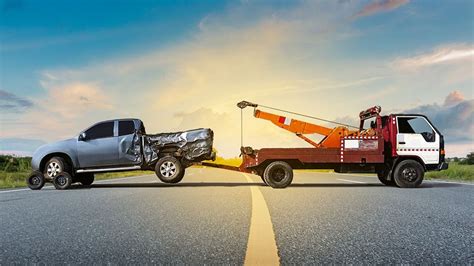
If You’ve Started the Engine
If you’ve unfortunately started the car or driven even a short distance with diesel in the tank, the situation is more serious:
- Pull Over Immediately: As soon as you notice performance issues (stalling, sputtering, misfires, excessive smoke, engine knocking, loss of power), pull over to a safe location and turn off the engine.
- Do Not Attempt to Restart: Once the engine is off, do not try to restart it. Every attempt to run the engine will circulate more of the contaminated fuel and worsen the potential damage.
- Call for a Tow: The car will need to be towed to a repair shop. Do not attempt to drive it further.
In this scenario, the fuel tank will still need to be drained and flushed. Additionally, a mechanic will need to inspect and potentially replace components like the fuel pump, fuel filter, fuel lines, and fuel injectors. In severe cases, extensive engine damage may have occurred, leading to much higher repair costs.
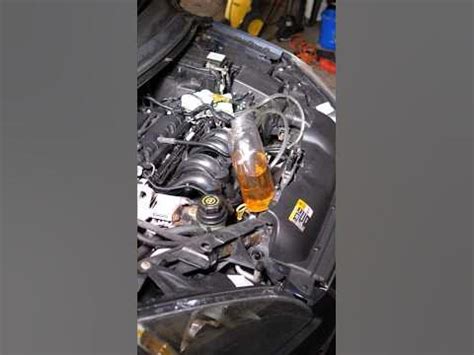
The Professional Repair Process
When your car arrives at the service center, here’s generally what happens:
- Fuel Tank Drainage: The most crucial step is to completely drain the fuel tank of the contaminated fuel. This is usually done by siphoning or by removing the fuel tank drain plug.
- Fuel System Flush: The fuel lines, fuel rail, and sometimes the injectors will be flushed with clean gasoline to remove any remaining diesel residue.
- Fuel Filter Replacement: The fuel filter will always be replaced as it traps contaminants and would be saturated with diesel.
- Component Inspection (if engine was run): If the engine was started, the mechanic will carefully inspect the fuel pump, fuel injectors, and potentially other engine components for signs of damage. Replacements will be made as necessary.
- Refueling and Testing: Once the system is clean, the tank will be refilled with the correct gasoline, and the car will be started and thoroughly tested to ensure proper operation.
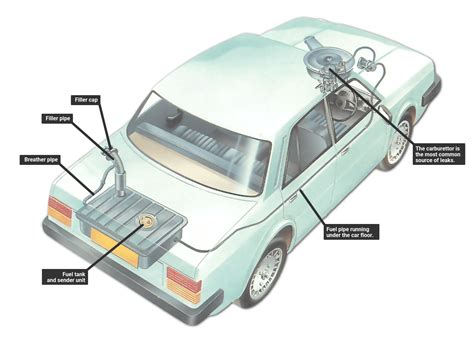
Preventing Future Fuel Mix-Ups
While mistakes happen, there are ways to minimize the risk:
- Pay Attention: The most obvious but often overlooked advice. Focus solely on fueling your car.
- Check the Nozzle and Label: Gasoline nozzles are typically smaller than diesel nozzles and are often green (though colors vary by region). Always double-check the label on the pump and the nozzle.
- Know Your Car: Be familiar with your car’s fuel type and cap. Some newer cars have misfueling prevention systems built into the fuel filler neck.

Conclusion
Accidentally putting diesel in a gasoline car is a stressful situation, but your reaction can significantly impact the outcome. The golden rule is simple: if you realize the mistake before starting the engine, *do not* start it. This single action can save you thousands in potential repair costs. Always call for professional assistance to have the fuel tank drained and the system flushed correctly. Staying calm and acting decisively will ensure that your car can be back on the road with minimal damage and expense.
